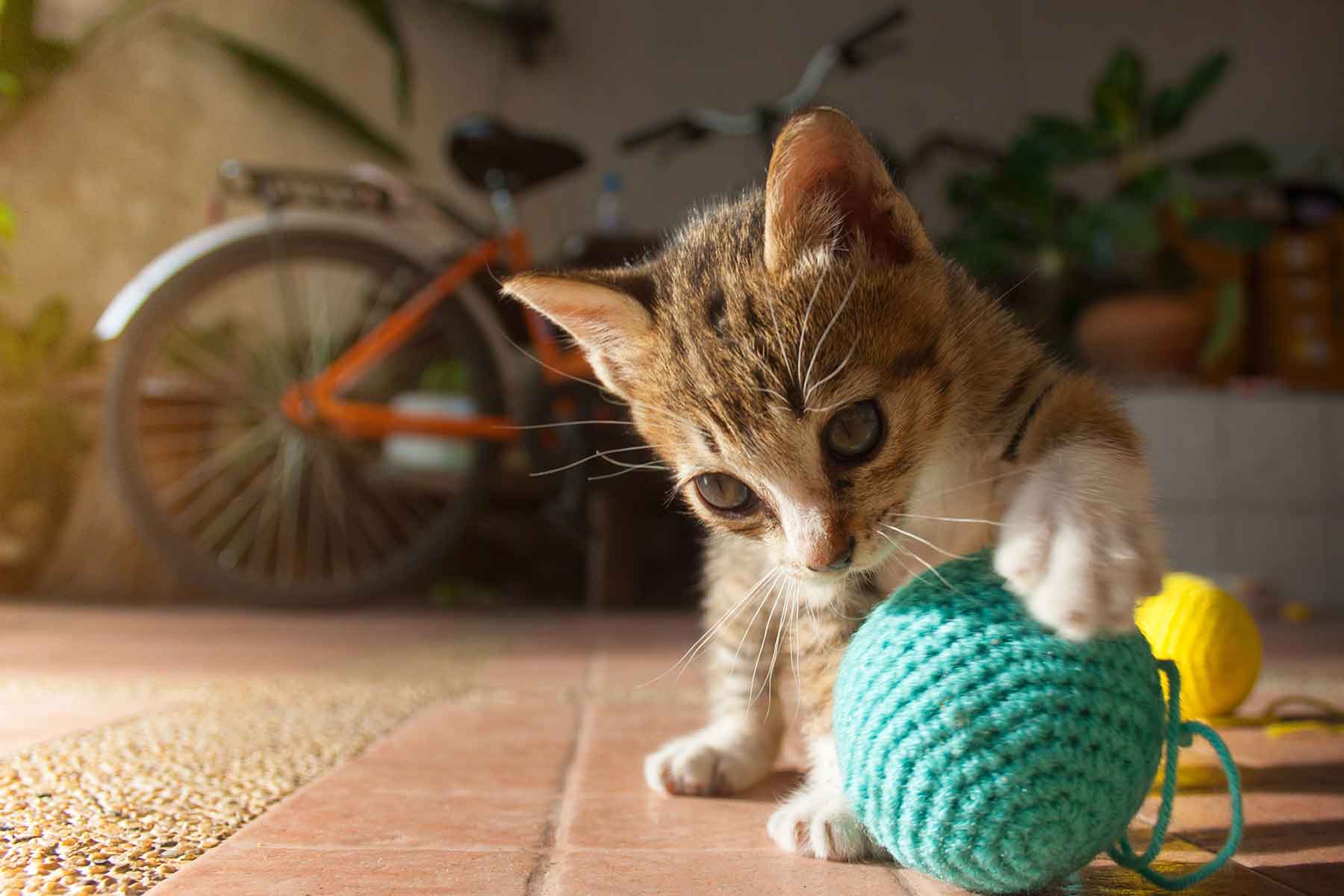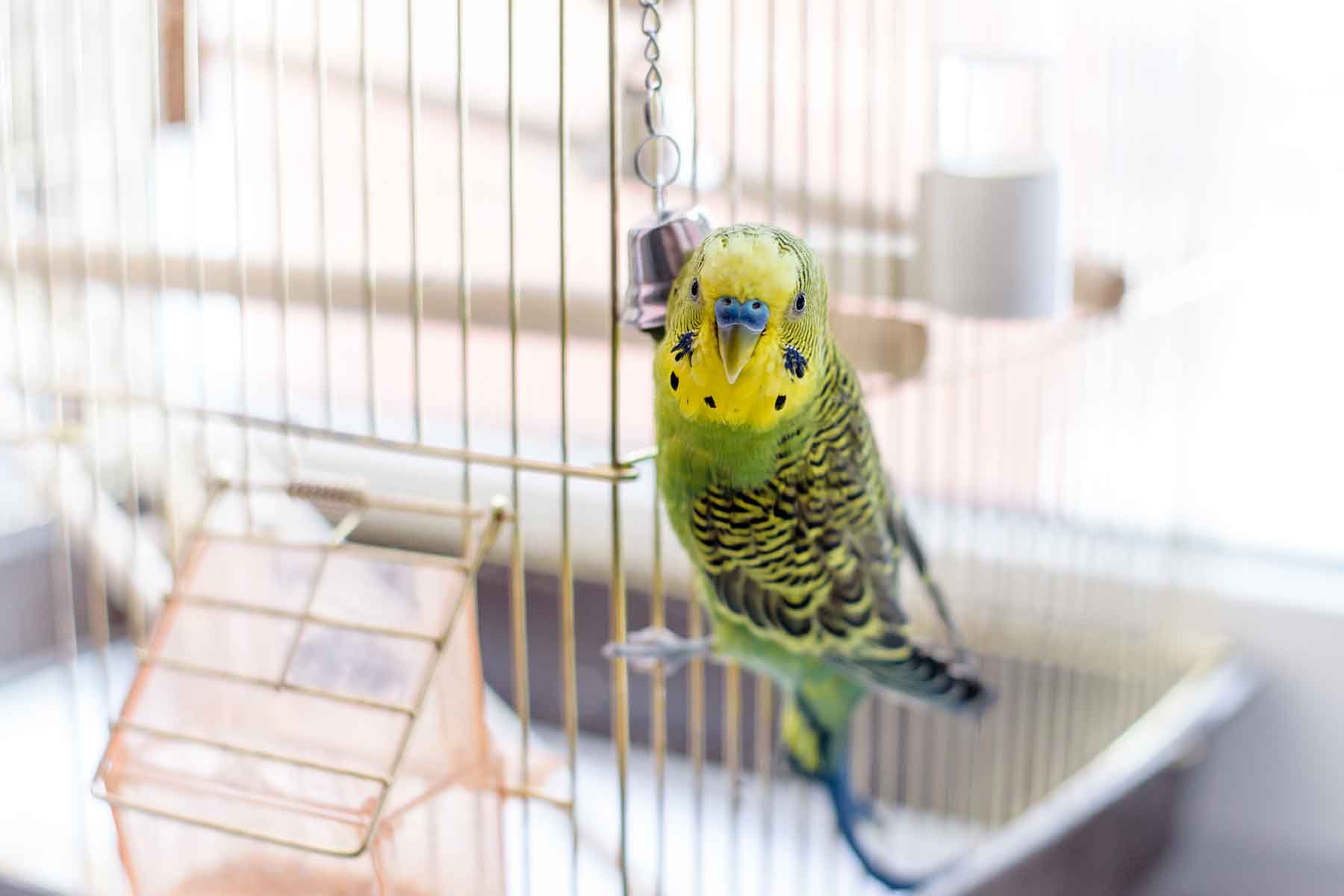The cat is a very meticulous animal and usually confines his or her toileting behaviour to the litter tray or garden. The smell of cat urine in the house or the discovery of faeces in a corner of the room can therefore be worrying and a challenge for pet owners. So what is the difference between urinating and spraying, why do cats spray, and why do some cats soil and spray indoors?
Spraying or urinating?
Cats use urine as a scent signal or ‘mark’ for themselves and other cats. The motivation for the deposition of urine for scent marking is very different to that of urination to relieve a full bladder. Catching a cat in action, will help determine whether they are spraying or urinating. To urinate a cat squats and deposits a volume of urine on a horizontal surface. To spray a cat stands up, usually makes a treading motion with its back feet, quivers its tail and a small volume of urine is sprayed backwards onto a vertical surface such as a wall, leaving an obvious scent mark. Once you have ascertained which of the two your cat is doing you can take action to resolve the behaviour.
Medical problems
A cat that has started to urinate inappropriately in the house requires a veterinary check-up. Cystitis or some types of urinary tract disease may cause the cat to strain and to pass small amounts of urine frequently. The infection or irritation make the cat urinate where it is rather than attempting to go outside or to the litter tray. Urination in this way can sometimes be confused with spraying.
Why does my cat soil indoors ?
- Old age – An older cat may not want to venture out. Providing a litter tray may solve the problem.
- Fear – Cats normally dig a hole, squat to urinate or defaecate and cover it up afterwards. Because a cat feels very vulnerable during this exercise it may prefer to stay inside if there is something threatening outside. If you think that the problem is caused by another cat frightening yours outdoors, then let your cat out yourself. In this way you can provide some security and help frighten off any cats waiting in the garden. It may be that your cat has to run the risk of going into other people’s gardens to dig a hole because the soil in your own garden is not soft enough. Dig up an area for your cat to use, choose a quiet corner with some shelter. A pile of sand or litter tray will be equally attractive.
- Presence of strangers – Occasionally cats urinate or defaecate indoors as a marking behaviour when owners go on holiday and leave a stranger to care for them. Because they feel vulnerable they ‘mark’ an area that has a strong scent of the owners. The best way to avoid this is to keep the bedroom door shut. Make the cats feel secure again on return from holiday.
- Litter tray problems
If your cat normally uses a litter tray but has recently started to go elsewhere in the house there may be an obvious reason.
Dirty litter tray
Cats don’t like using a tray if it is heavily soiled. Litter trays should be cleaned out every couple of days. If you have several cats provide one litter tray each.
Litter tray too clean!
Using scented litter, deodorants or disinfectants may put the scent-sensitive cat off using the tray. Use a disinfectant, which is feline friendly and make sure the tray is rinsed thoroughly with water. Avoid disinfectants that turn cloudy in water as these usually contain phenols which are toxic to cats. Cats learning to use the tray may need to associate it as a toilet and too frequent cleaning may weaken this association.
Wrong type of litter
Changing the consistency of the litter or to a scented type may put the cat off using it. Many cats prefer fine grain litter with the consistency of sand. If you want to change the type of litter you use, mix the new one in gradually over a week or so to gauge the cat’s reaction.
Position of the litter tray
Place the tray in a quiet spot where your cat only has to watch in one or two directions at once rather than in the open or in a thoroughfare. Placing food near the tray will put your cat off using it. Put the feeding bowl elsewhere.
Type of litter tray
If you use an open type of tray it may be worth purchasing one with a lid to provide security. An inverted box with a hole cut in it may suffice.
Bad associations
Occasionally a cat decides not to use a tray because it has had a bad experience there. Perhaps it was cornered there to be given some medication or another pet or child when last using it has intimidated it. Repositioning the tray to a quiet spot and providing a lid for it may help!
Breaking the habit
Whether a genuine accident or not, once a cat has urinated or defaecated at a particular spot, its sensitive nose will encourage it to use that place again as a toilet. To break the habit, keep your cat away from the area for as long as possible and remove any residual smell. For advice on cleaning pet stains read this article.
Retraining
Some cats need to be retrained to use a litter tray in the same way that kittens are trained by their mother not to soil their bed. Initially the mother removes the waste and by a couple of weeks old kittens learn to leave the nest to go to the toilet. Placing a cat in a large pen with its bed and litter tray mimics this early learning. In a pen there is little option than to use the tray – it is the tray or the bed. In this way the cat should learn to associate toileting with the litter tray.
Let your cat out when you can watch over it and put it back on the tray if you see it heading for a soiling point or behaving as if it is about to urinate or defecate. If an accident does happen, clean it up with tissue and place the soiled tissue in the tray so that the cat learns to make the associations you want it to. Your cat may get the idea within a few days or it may take a few weeks.
Why does my cat spray indoors?
Cats leave a scent not just to let other cats know it is there but to ‘furnish’ its area with its own familiar smell, giving it confidence. In an undesexed cat, the urine not only signals the cat’s presence but its sexual status. Females in season have high levels of oestrogen in their urine to attract toms. Toms leave a highly pungent spray that is a combination of urine and secretions from anal glands under its tail.
Spraying indoors is a sign that the cat is feeling stressed and needs to make itself feel more secure by surrounding itself with its own scent.
For more information on spraying or soiling, please do not hesitate to contact our healthcare team.











